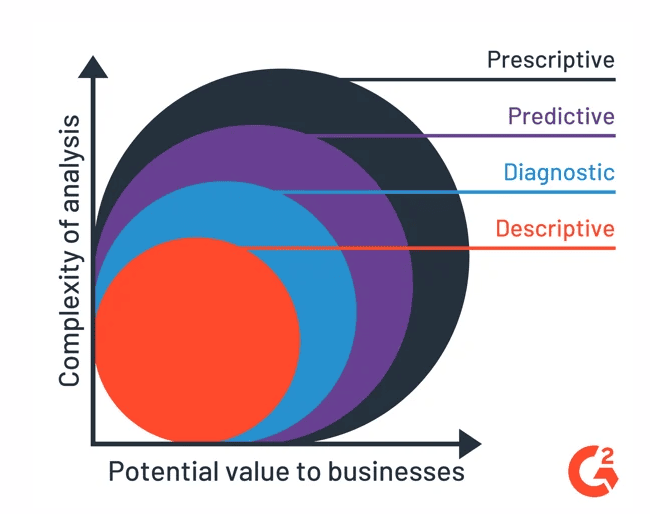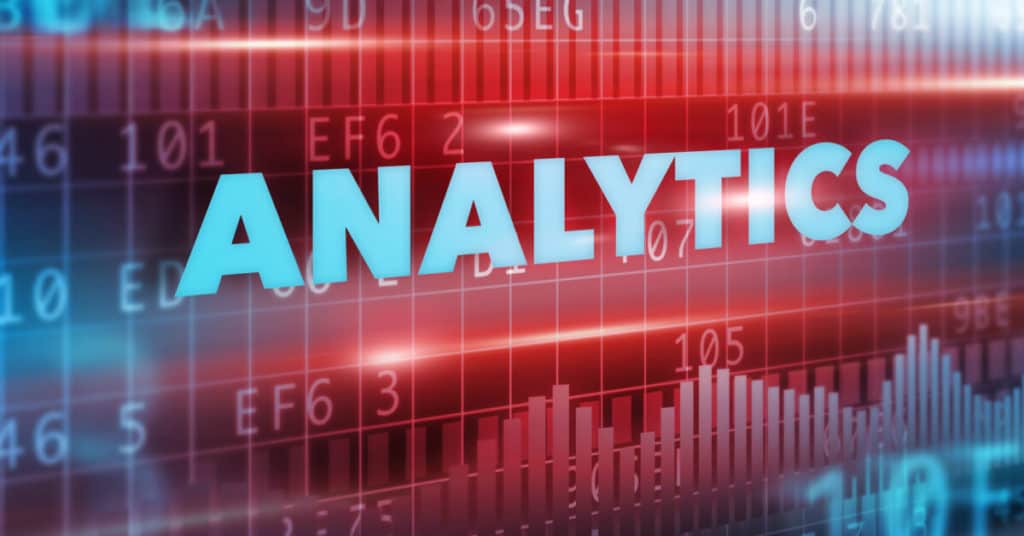Big data analytics is the process of extracting valuable information from large amounts of data. With those datasets, tools and techniques are used to organize, process, and classify the data in order to gain some type of value out of it to make decisions. Data classification methods and data processing models are used to make it easier to get results.
There are 4 common types of big data analysis methods.
- Descriptive data analysis
- Diagnostic data analysis
- Predictive data analysis
- Prescriptive data analysis
The most crucial task of data analytics is to convert big data into information that is clear and understandable to non-data professionals and provide VALUABLE INSIGHTS for an organization.
In a nutshell, see this great image below.

1. Descriptive Analysis
What do we need to do? What is happening?
From a business perspective, descriptive analytics plays a crucial role in providing a company with an overview of key metrics and measures in the business, for example, trying to see what products are selling best based on multiple sources of data.
The data can be used with tools like Tableau, Power BI, or an open-source tool to create a dashboard. This will provide a visual idea of what to focus on in a specific product category performance and come to some basic conclusions based on ad hoc reporting. This should not be used alone.
2. Diagnostic Analysis
Why did this event happen? What should we be looking at?
Diagnostic analytics will help provide some level of valuable insight into why a specific event happened. In the example above, why did one product perform better than another?
This is useful is comparing data over time or viewing data against a competitor that could be impacting at a product at the same time. The data is drilled down and queried to see if something specific stands out.
3. Predictive Analysis
What is likely to happen? Do we see a pattern?
Predictive analysis is mainly about predicting an outcome if certain factors were present. The data analyst would apply statistical models and statistical techniques based on possible factors that could have impacted the event. For example, discounting a product or eliminating it altogether.
4. Prescriptive Analysis
What do we need to do? What course of action should be taken?
Prescriptive analytics gives companies solutions. For example, raise the price by X dollars or offer a discount of Y amount.
This is also where you propose testing of different actions to measure the effectiveness based on predefined goals, strategies, and budget.
Although different types of analysis can provide organizations with different values, they all have their own functions and uses.


